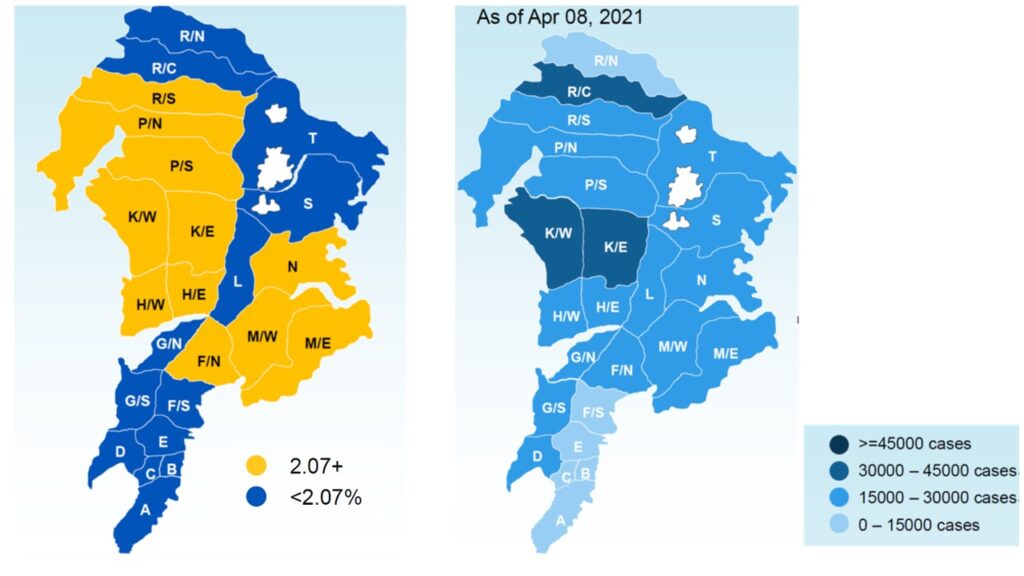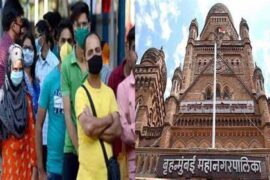Preamble
Earlier in the last decade I was part of the Healthcare Committee of Bombay First which was assisting the Maharashtra Government in the Mumbai Masterplan 2045. One of the key concerns and recommendations made by the Committee was building the healthcare infrastructure for the city, Mumbai lags behind in beds per 1000 population with several key peer Indian cities such as Gurgaon, Delhi, Chennai, Hyderabad and Bangalore. Alongside the shortfalls in hospital beds, there is also a shortage of healthcare professionals, equipment and infrastructure needed at various levels in the healthcare delivery supply chain. The second wave of Covid in the city has once again proved that the healthcare delivery to the Mumbai residents is again in short supply, be it beds, healthcare workers or vaccines. With the crisis looming large, the city is on the brink of a long second lockdown. Without delving into the politics and finger pointing, I want to point out the gaps.
The Gaps in Healthcare Delivery and Covid Response in the City
Hospital Beds Shortage in Skewed Distribution Geographically
In Early 2000s, Mumbai has around as per the Bombay First report, 24,984 beds. As per the recent Mumbai Municipality report, there are 24,039 beds in 2021 in Mumbai. In other words, hospital beds have actually reduced over the last 20 years in Mumbai. It is obvious that many nursing homes have shut down as the doctor/owner have found it lucrative to monetise their nursing homes to commercial real estate. As a result, Mumbai is amongst the worst cities in India with a bed to population ratio of 1.17 beds per 1000 (as against the WHO norm of 3 beds 1000). It was 1.63 beds per 1000 in 2000. Moreover, these beds have been unevenly distributed in Mumbai. South Mumbai has around three-fourths of the total beds in the city which was the case in 2000. This means as the city expands to the suburbs, no additional bed capacity has been augmented in the last 20 years in Mumbai.

Second Covid Wave in Mumbai and Skew in Spread
As per the recent Mumbai Municipality Report on Covid, the highest increase of positive Covid Cases in the Western and Central Suburbs of the City in the last 7 days. (See the chart below). While the alarming rate of growth of covid positive cases in these wards would take less than 28 days to double the cases. As compared to 35 days as an average for Mumbai city. While the response to Covid is in the Western and Central Suburbs, the concentration of healthcare facilities is predominantly in South Mumbai. While this is leading to a lot to movement of people seeking admissions to hospitals for Covid treatment.

Action Plan for the Future
The cost of real estate in Mumbai very prohibitive for private healthcare operators to set up greenfield hospitals unless there are regulations to incentivise them. Various recommendations provided by our Committee is not been implemented on the ground. The Covid Pandemic is a wake up call for the City administrators to buckle up and bit the bullet to accelerate healthcare infrastructure in the city by our planners for the future.

